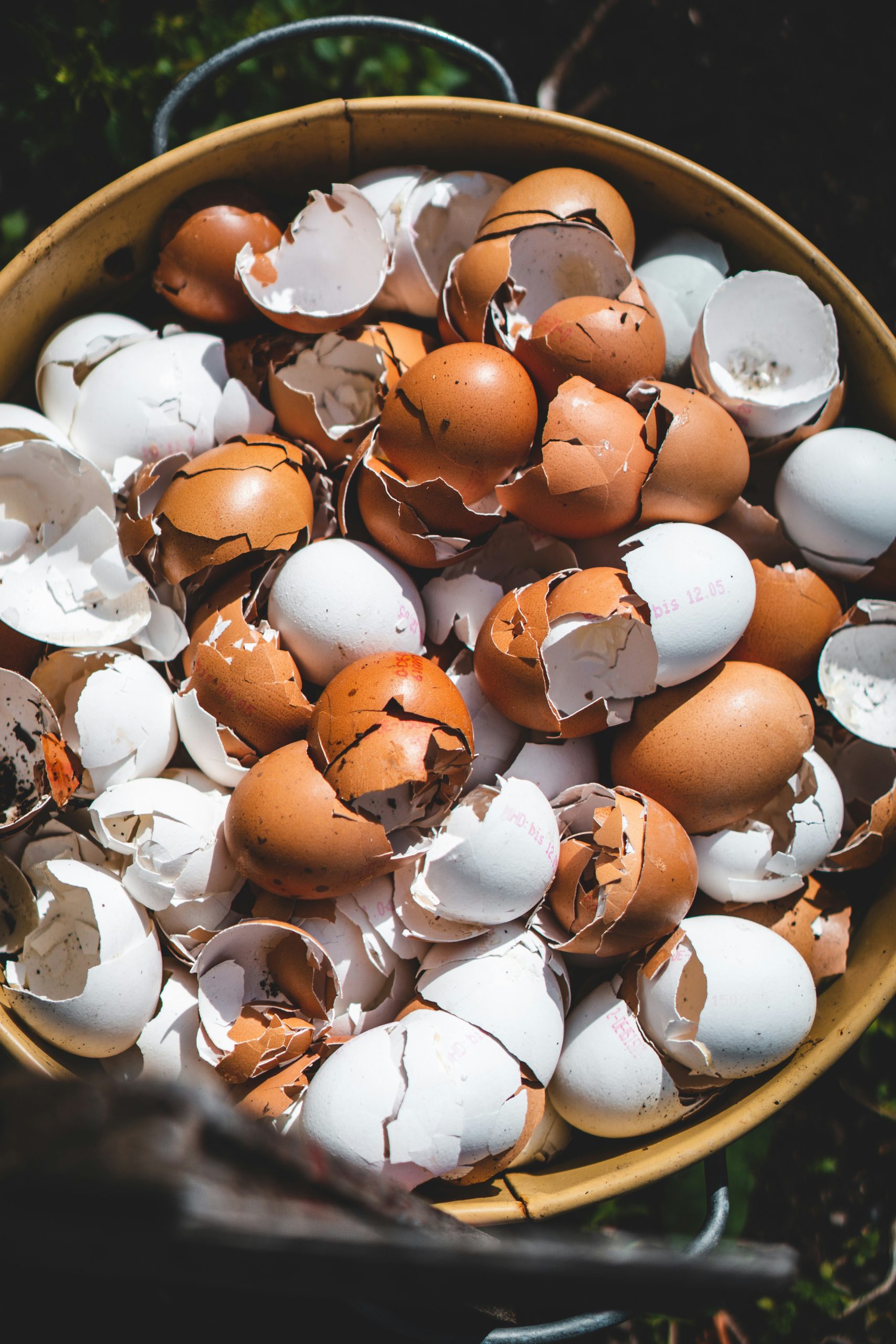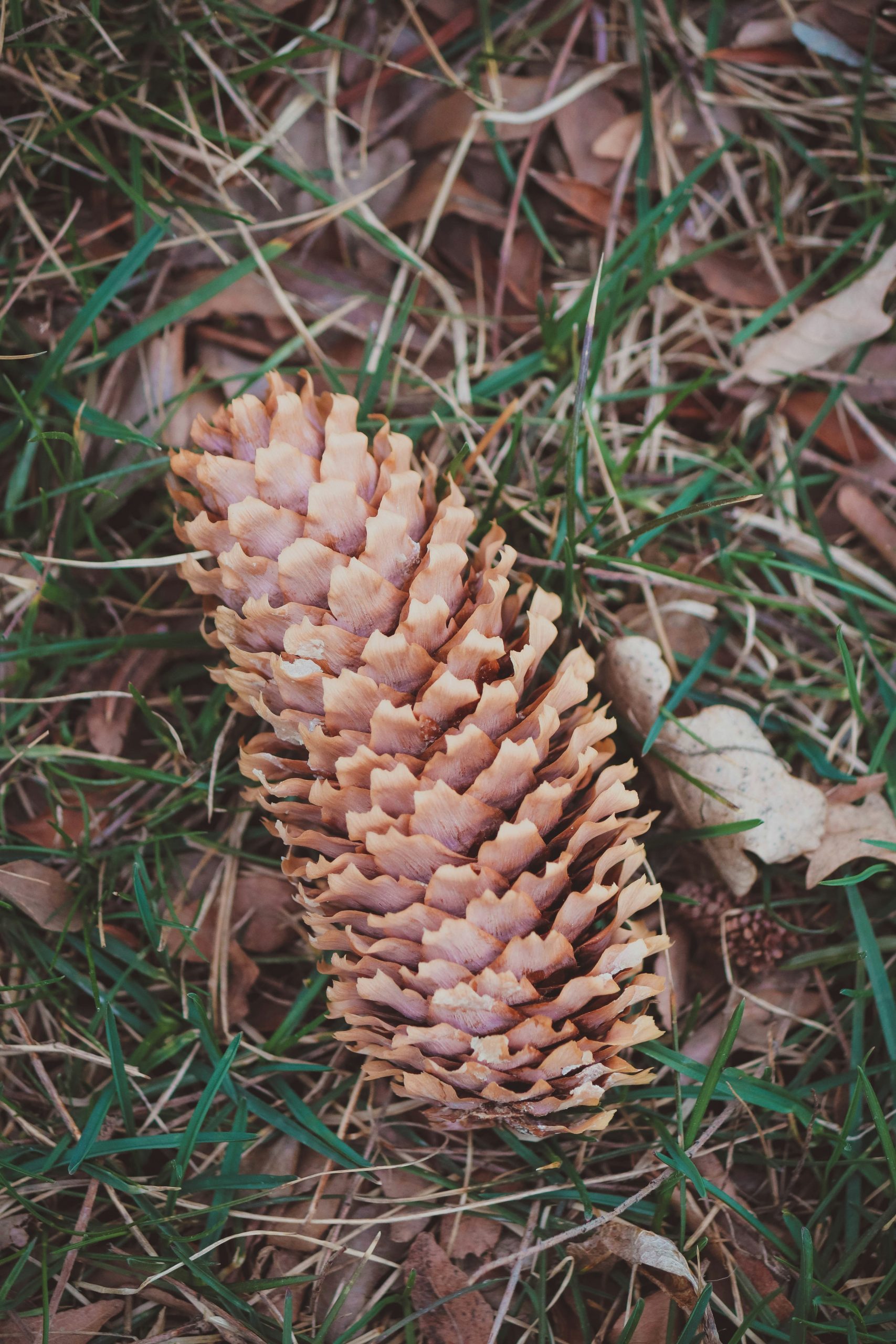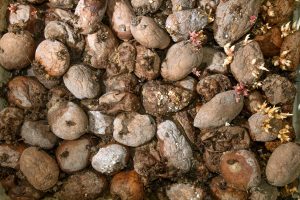Hey everyone! We’re so glad you’re joining us on this composting journey. Today, we’re diving into the question of composting bread and pasta—items we often have leftovers of and might consider tossing out. Essentially, the answer is yes, we can compost both bread and pasta! However, there are some important tips and tricks we’ll share to ensure we do it right and avoid attracting pests or creating a smelly compost pile. Let’s get started on turning our leftovers into rich, valuable compost for our gardens! Can we compost bread and pasta? It’s a question many of us have wondered about as we become more mindful of our food waste and its impact on the environment. Composting is an excellent way to manage kitchen scraps, but not all items are created equal when it comes to compostability. In this article, we’ll explore whether bread and pasta can be composted, along with tips, benefits, and potential concerns.

Introduction
Composting is a sustainable practice that turns organic waste into valuable nutrient-rich soil. However, there are nuances in what we can and cannot toss into our compost bins. Bread and pasta, in particular, raise some questions due to their unique compositions and how they break down in a compost system.
What Is Composting?
Before diving into the specifics of bread and pasta, let’s quickly go over what composting entails. Composting is a natural process of recycling organic matter, like kitchen scraps and yard waste, into a rich soil amendment known as compost. This process is facilitated by microorganisms such as bacteria and fungi, which decompose the material.
The Benefits of Composting
Engaging in composting offers numerous benefits. Not only does it reduce the amount of waste we send to landfills, but it also produces valuable compost that can enrich our gardens and landscapes. Furthermore, composting helps mitigate greenhouse gas emissions, contributing to environmental sustainability.
Can I Compost Bread and Pasta?
To get straight to the point, yes, we can compost bread and pasta. However, there are some guidelines and best practices to follow to ensure these items decompose efficiently and do not attract unwanted pests.
Bread in Compost
Bread is an organic material that breaks down relatively quickly in a compost pile, making it a viable option for composting. However, like other ‘green’ materials (which are rich in nitrogen), it can create imbalances if not managed correctly.
Tips for Composting Bread
- Break It Up: Smaller pieces of bread will decompose faster and more efficiently.
- Bury It: Placing bread deeper in the pile can help deter pests like rodents and insects.
- Mix It Well: Combine bread with other materials, such as yard clippings or shredded newspaper, to balance green (nitrogen-rich) and brown (carbon-rich) components.
Pasta in Compost
Pasta, like bread, can be composted, but it shares similar challenges. Being a processed food, pasta can attract pests and create odors if not composted properly.
Tips for Composting Pasta
- Cooked vs. Uncooked: Both can be composted, but cooked pasta breaks down faster.
- Avoid Sauces: Rinse off any sauces or oils to prevent attracting pests and odors.
- Cut Into Pieces: Like bread, smaller pasta pieces will compost more quickly.
Potential Concerns
While bread and pasta can be composted, they do come with a few challenges. Understanding these can help us manage our compost piles better.
Attracting Pests
One of the biggest concerns with composting bread and pasta is that they can attract rodents and insects. Burying these items in the center of the pile can reduce this risk.
| Concern | Solution |
|---|---|
| Attraction of rodents and insects | Bury bread and pasta deeper in the compost pile |
| Odors from decomposing food | Mix with brown materials and keep the pile aerated |
Managing Moisture Levels
Bread and pasta can also contribute to higher moisture levels in the compost, which can lead to a slimy texture and unpleasant odors. Adding dry, carbon-rich materials like leaves or straw can help balance the moisture.
Balancing the Compost
Both bread and pasta are nitrogen-rich, so it’s essential to balance them with carbon-rich materials. Ideally, we want a ratio of about 30:1 carbon to nitrogen for optimal composting.
| Material | Type | Carbon/Nitrogen Ratio |
|---|---|---|
| Bread and Pasta | Green | High in Nitrogen |
| Leaf Litter, Straw, Paper | Brown | High in Carbon |
Steps to Compost Bread and Pasta Successfully
For those of us ready to start composting bread and pasta, following these steps can ensure a smoother process.
Step 1: Preparation
- Collect Scraps: Gather your bread and pasta scraps, making sure to remove any excessive sauces or oils.
- Chop and Break: Cut the bread and pasta into smaller pieces for faster decomposition.
Step 2: Layering
- Bottom Layer: Start with a base layer of brown materials to help with drainage and airflow.
- Add Bread and Pasta: Place a layer of bread and pasta, making sure they are well mixed with the base layer.
- Top with Browns: Cover with a layer of brown materials to deter pests and odors.
Step 3: Maintenance
- Turn the Pile: Regularly aerate the compost by turning it, which helps to break down materials evenly.
- Monitor Moisture: Check moisture levels and add materials as needed. If too wet, add more brown materials; if too dry, sprinkle with water or add green materials.

Additional Tips for Effective Composting
Let’s dive into some additional tips that can help us become composting pros, particularly when dealing with bread and pasta.
Aeration and Turning
Compost needs air to decompose effectively. Turning the pile every few weeks ensures that oxygen reaches all parts of the compost, promoting even decomposition and reducing odors.
Temperature Control
Active compost piles can generate significant heat, which speeds up decomposition and kills weed seeds and pathogens. Monitoring the temperature can give us an idea of how well the compost is breaking down.
Compost Bins and Containers
Using enclosed bins or containers can help manage the compost pile, keeping it neat and reducing the risk of attracting pests. There are various types of bins available, such as tumblers and stationary bins, each with its own set of advantages.
Common Myths About Composting Bread and Pasta
There are several misconceptions about composting bread and pasta that we should address to clear up any misunderstandings.
Myth 1: Bread and Pasta Will Always Attract Pests
While bread and pasta can attract pests if left exposed, following proper composting techniques like burying and covering them with brown materials can mitigate this risk.
Myth 2: These Items Will Make the Compost Smelly
Properly balanced compost piles with adequate aeration and the right mix of green and brown materials should not produce bad odors, even with the inclusion of bread and pasta.
Myth 3: Bread and Pasta Break Down Too Slowly
While bread and pasta do take a bit longer to decompose than some other kitchen scraps, breaking them into smaller pieces and managing the pile properly accelerates the process.

The Environmental Impact
Composting bread and pasta not only benefits our gardens but also has a positive impact on the environment. Reducing food waste can significantly cut down methane emissions from landfills and contribute to soil health.
Reducing Landfill Waste
Food waste makes up a significant portion of landfill content, producing methane, a potent greenhouse gas. Composting diverts bread and pasta from landfills, reducing our carbon footprint.
Enhancing Soil Quality
The compost produced from bread, pasta, and other kitchen scraps is rich in nutrients, enhancing soil quality and promoting healthy plant growth. This nutrient-rich soil helps to retain moisture, reducing the need for frequent watering and chemical fertilizers.
Conclusion
So, can we compost bread and pasta? Absolutely! With the proper techniques and a little bit of mindfulness, we can effectively compost these kitchen staples. By breaking them down into smaller pieces, balancing with other materials, and maintaining our compost piles, we can turn waste into valuable compost that benefits our gardens and the environment.
Final Tips
- Mix Well: Always mix bread and pasta well with other compost materials to avoid clumping and pest issues.
- Maintain Balance: Strive for a balance of green and brown materials to create healthy compost.
- Monitor and Adjust: Keep an eye on moisture and temperature levels to ensure the composting process is running smoothly.
Composting is a journey, and with these tips, we can make the most out of our kitchen waste, turning bread and pasta into something truly beneficial. Happy composting!



